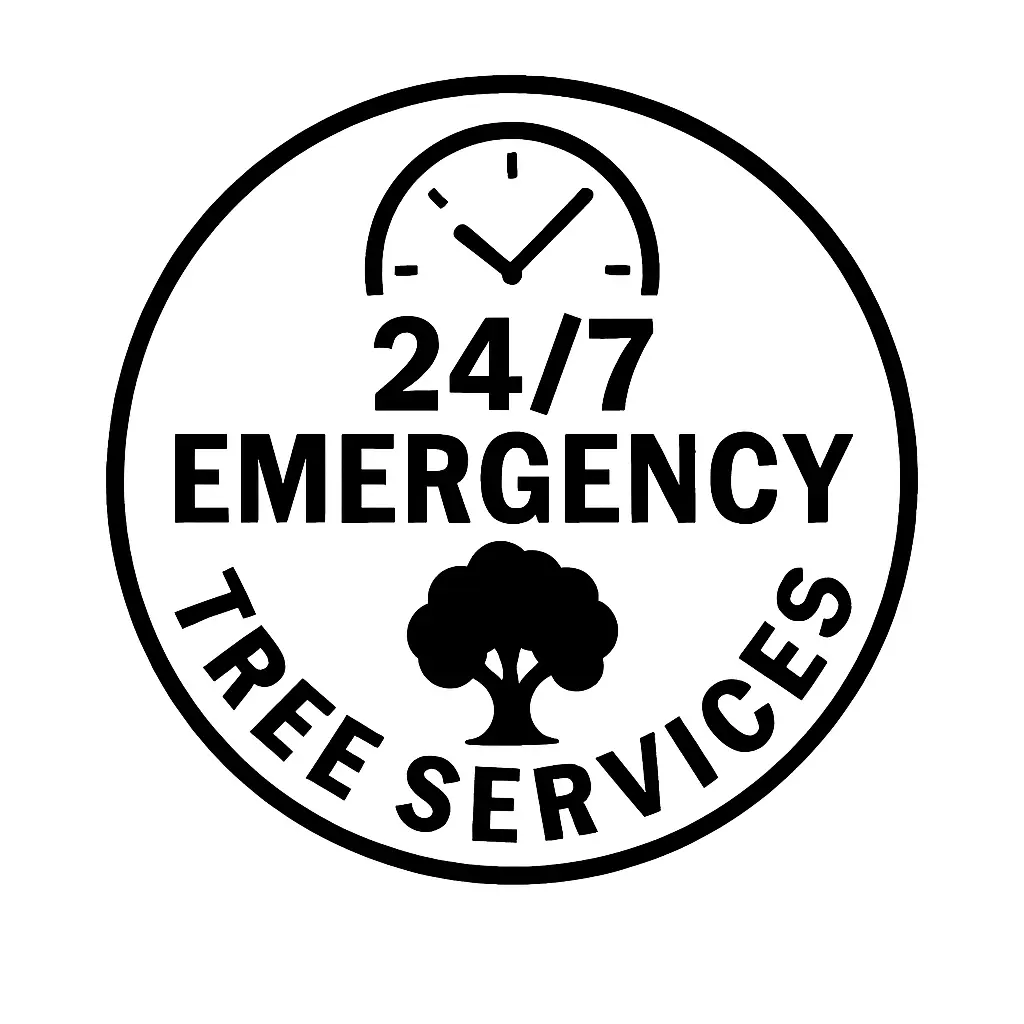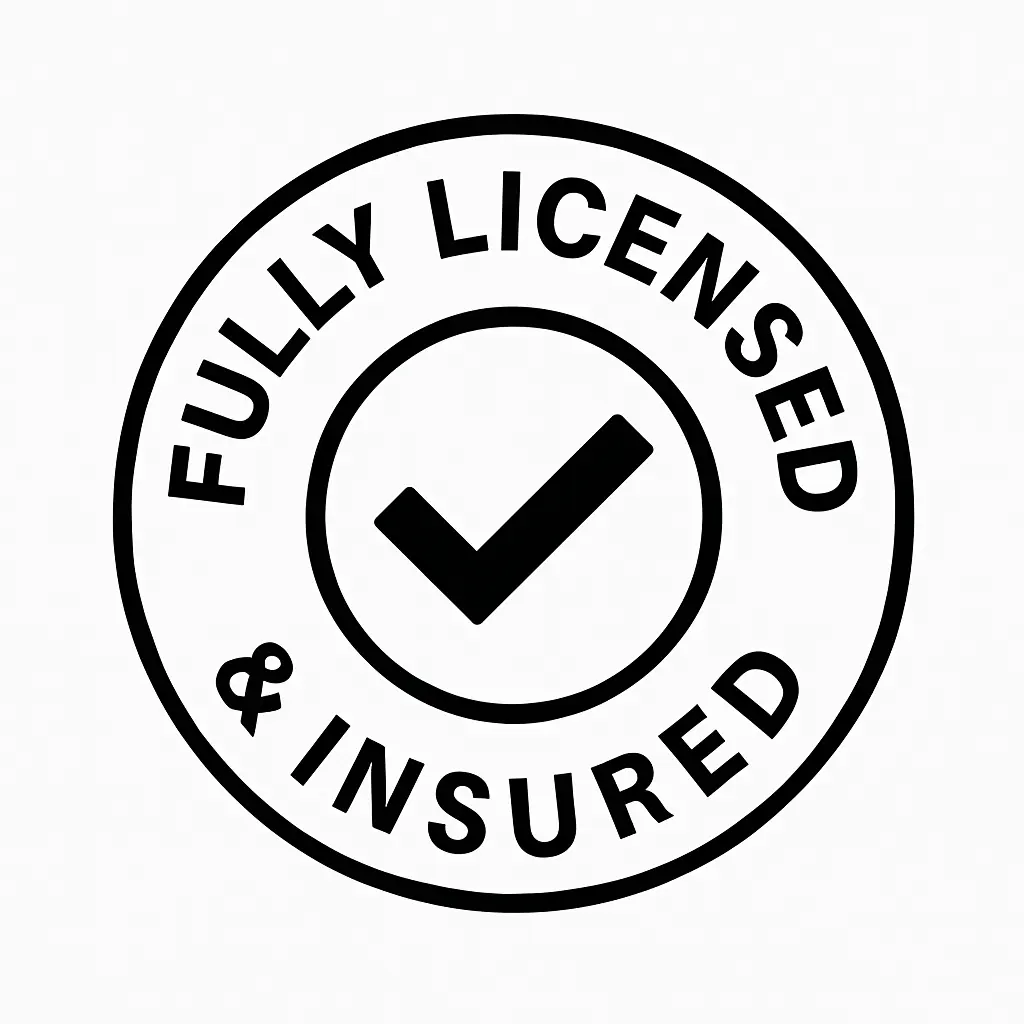Discovering a downed tree on your property, especially after a storm, can be a stressful experience. Fallen trees pose significant safety risks and can cause substantial property damage if not handled properly. At Owens Brothers Tree Service, we’ve been helping Bronx and Manhattan residents safely address tree-related emergencies since 1959. With decades of expertise, we’re here to guide you through the necessary steps to ensure your safety and peace of mind.
Immediate Steps After a Tree Falls
Prioritize Safety
- Check for hazards: Look for downed power lines or unstable branches. If you spot any immediate dangers, evacuate the area and contact emergency services.
- Avoid the area: Do not attempt to move or inspect the tree yourself, especially if it poses a risk of further collapse.
- Document the scene: Take clear photographs of the fallen tree and any damage it caused for insurance purposes.
Contact Professionals
- Call Owens Brothers Tree Service: With over 65 years of experience, we have the equipment and knowledge to safely remove downed trees, even in challenging urban environments.
- Expert assessment: Our team evaluates the situation to determine the safest and most efficient way to remove the tree.
Notify Your Insurance Company
- Report the incident: Provide your insurer with detailed documentation, including photos and any professional assessments.
- Understand your coverage: Homeowners insurance often covers damage caused by fallen trees, but it’s essential to clarify what your policy includes.
Determining Responsibility for Removal
Understanding who is responsible for removing a fallen tree can be confusing. Here’s a quick breakdown:
- Tree falls on your property from your yard: You’re typically responsible for its removal.
- Neighbor’s tree falls on your property: If the tree fell due to an “act of God” (like a storm), you’re likely responsible for removal. However, if the neighbor was negligent (e.g., failing to address a known hazard), they may be liable.
- Tree on public roads: Local municipalities are usually responsible for clearing these trees.
Risks Associated with Fallen Trees
Personal Injury
- Attempting to handle a downed tree on your own or opting for cheaper, quick fixes can lead to serious long-term problems. Falling branches, unstable trunks, or hidden tree damage pose significant safety risks and could result in costly repairs or liability issues if handled incorrectly — especially in Manhattan. We live in litigeous world, and we are fully insured & bonded in the state of New York. With free on-site estimates and flexible payment plans, we make professional tree care accessible and stress-free.
Property Damage
- Fallen trees can crush vehicles, roofs, and fences, leading to costly repairs. Prompt removal minimizes further damage and mitigates risks.
Why Choose Owens Brothers Tree Service?
Since 1959, Owens Brothers Tree Service has been a trusted name in the Bronx and Manhattan for safe and efficient tree removal. We have a commitment to excellence and safety, and you can rely on us for emergencies, routine maintenance, and everything in between.
Tree Services We Offer
Tree Removal Services
- Safely remove hazardous, damaged, or unwanted trees of any size.
- Specialized equipment to handle urban environments with precision.
Emergency Tree Removal
- Storms and accidents happen, that’s why we are open 24/7 and offer emergency tree removal services to address urgent situations.
- Our team responds quickly to restore safety and minimize further damage, ensuring your peace of mind.
Tree Trimming and Pruning
- Maintain the health, shape, and appearance of trees with expert trimming and pruning.
- Remove dead or overgrown branches to prevent potential hazards.
Stump Grinding and Removal
- Eliminate unsightly stumps and reclaim valuable yard space.
- Safe and efficient stump removal tailored to your property’s needs.
Tree Health Assessments
- Identify diseases, pests, and structural issues before they become serious problems.
FAQs About Downed Tree Removal
- What should I do first if a tree falls on my property?
- Ensure safety by clearing the area and contacting professionals. Document the scene with photos / videos and report the incident to your insurance company.
- Can I remove a small fallen tree myself?
- If the tree is small and not near hazards, you may attempt removal using proper tools and safety gear. However, when in doubt, call professionals like Owens Brothers Tree Service.
- Will my homeowners insurance cover the removal?
- Coverage often depends on whether the tree caused damage to a structure. Check your policy for specifics.
- What if the tree fell on a public road?
- Contact your local municipality, as they are responsible for clearing public areas.
- How can I prevent trees from falling in the future?
- Regular maintenance, including pruning and health checks, reduces the risk of trees falling during storms.
Conclusion
Dealing with a downed tree can be overwhelming, but you don’t have to face it alone. Owens Brothers Tree Service has been helping the Bronx and Manhattan communities manage tree emergencies since 1959. Safety, efficiency, and professionalism are our priorities.
Contact us for reliable tree removal services when you need them most.






